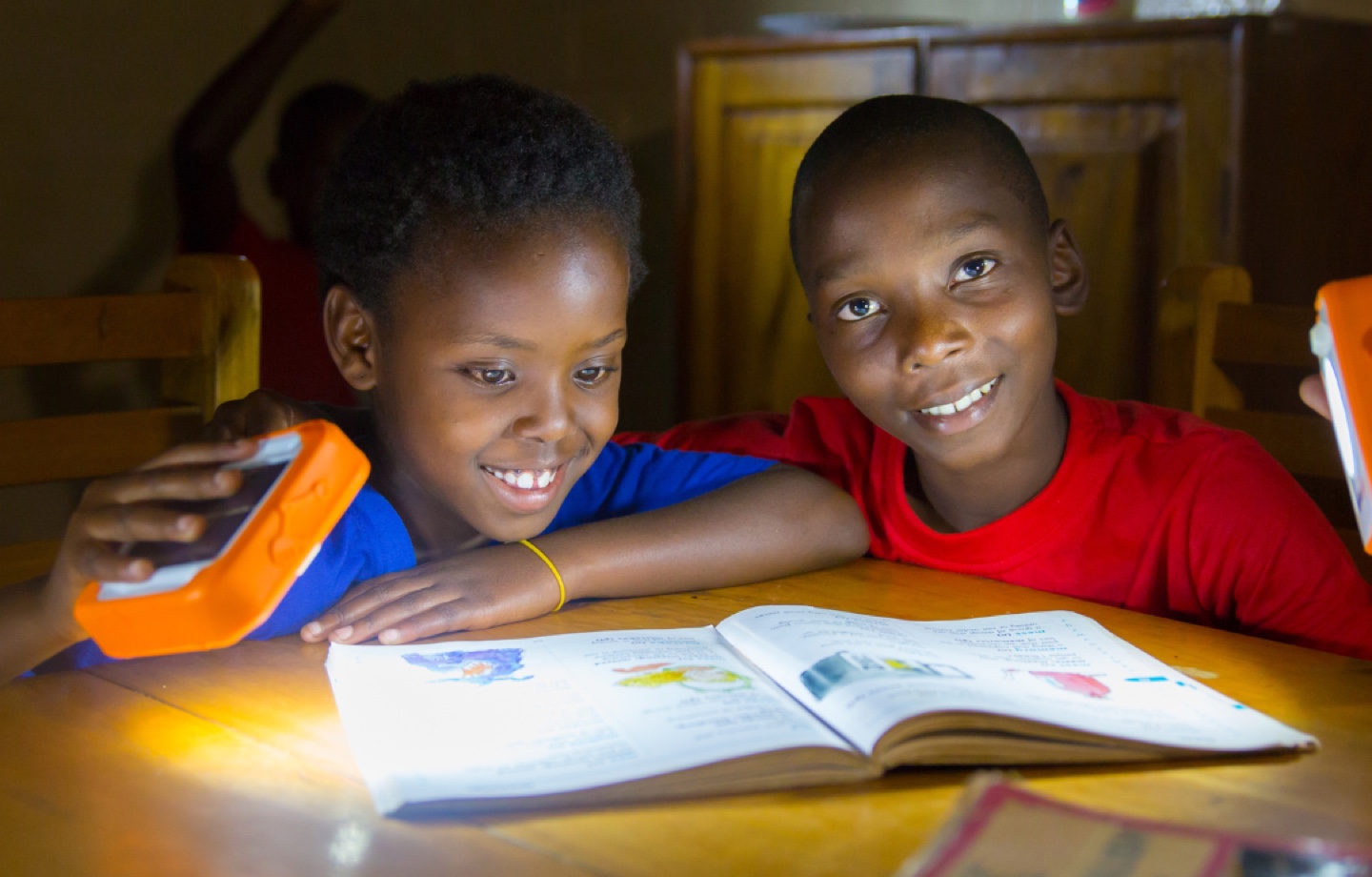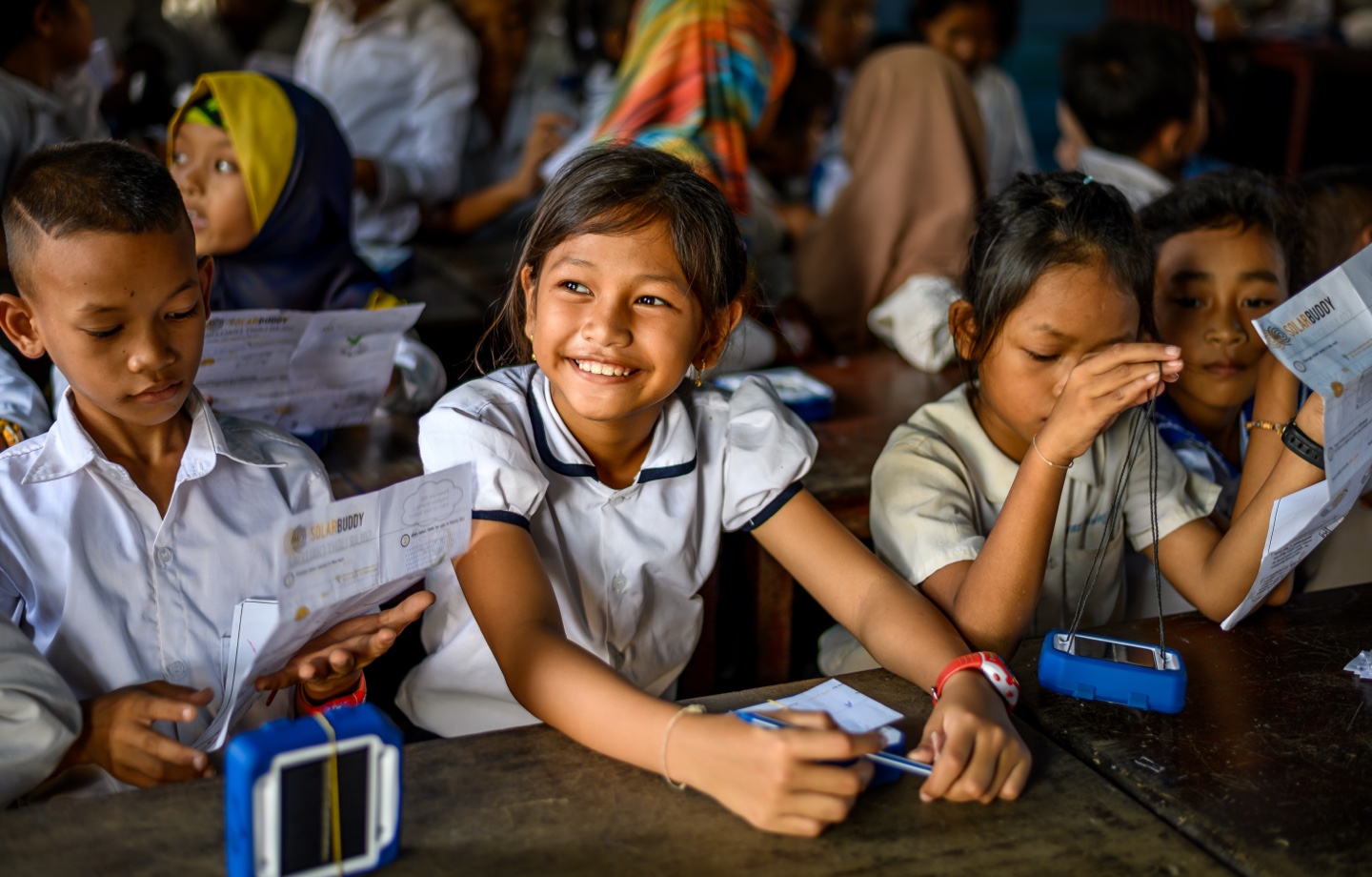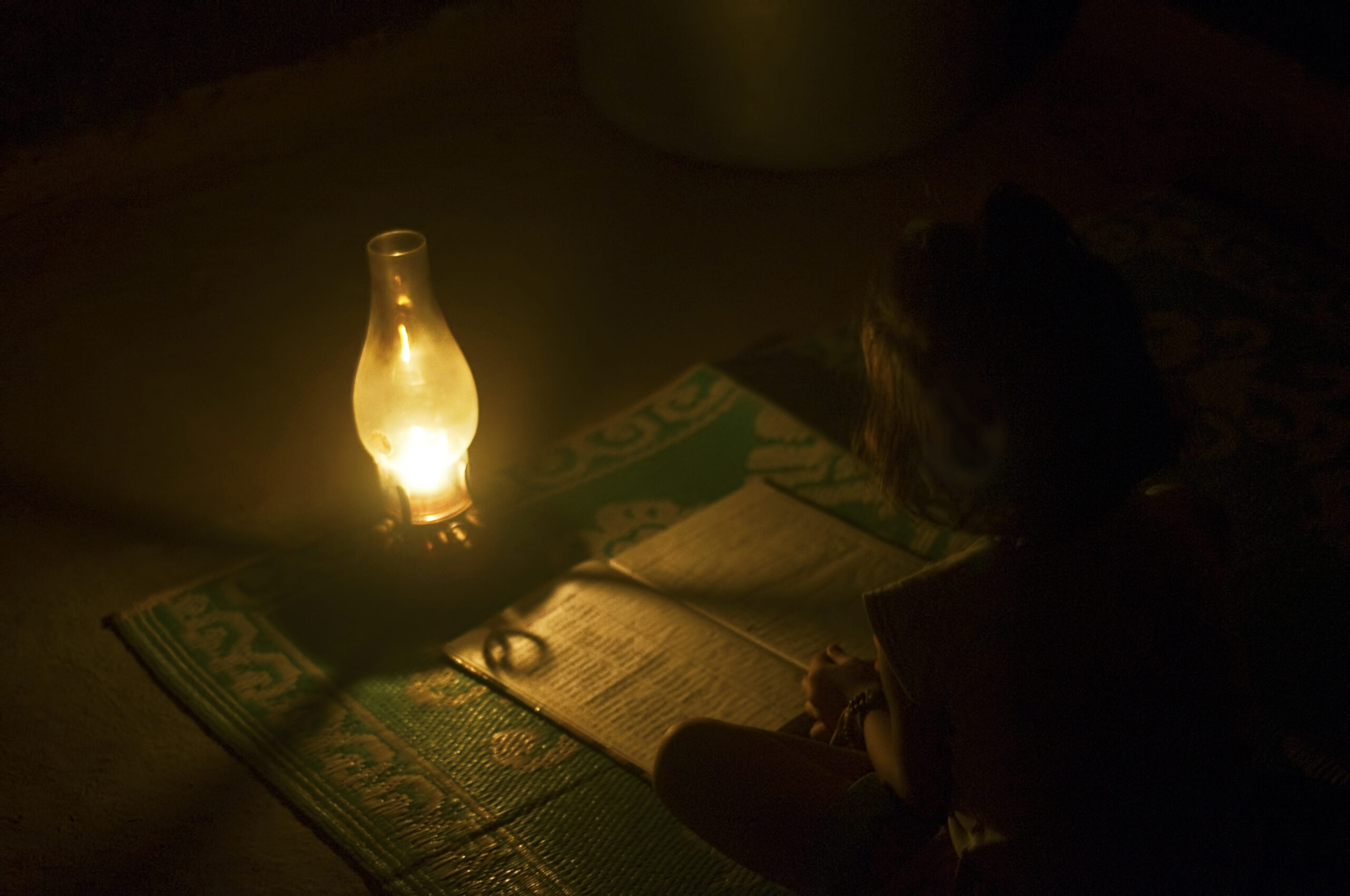789 million people around the world don’t have reliable access to safe, reliable, and affordable electricity.
During Earth Month, Avocado will donate one percent of revenue to SolarBuddy to illuminate the futures of 25,000 children in developing communities impacted by extreme energy poverty.
In January, an atmospheric river left more than 220,000 people between San Francisco and Los Angeles without power. Two months later, in March, rare tornados followed by devastating storm surges rocked parts of the state, leaving 90,000 customers, mostly in the San Francisco Bay Area, without electricity. In February, Texas was hit with an unprecedented ice storm, leaving approximately 262,000 people across the state without power for days, in some instances, weeks.
Electricity is a luxury we take for granted. Even with the increase in climate change-related natural disasters like those in California and Texas, most individuals in the U.S. have never experienced an extended power outage. But living in total darkness once the sun sets is a reality that approximately 789 million people around the world face each night. This lack of access to safe, reliable, and affordable electricity is known as energy poverty.
“Most people are unfamiliar with the term energy poverty because it’s unfathomable,” says Joanna Cantwell, Chief Development Officer at SolarBuddy, a nonprofit dedicated to ending energy poverty. “Because electricity is so omnipresent in our lives, people can’t comprehend the concept — it doesn’t even cross their minds. We are passionately determined to change this by inspiring sustainable innovations.”
Asia and sub-Saharan Africa make up 95 percent of countries grappling with extreme energy poverty. And in these communities, many also struggle with extreme poverty. As a result, families are forced to use toxic or expensive alternative energy sources like crop waste, animal manure, crude firewood, kerosene, charcoal, and coal to cook, heat their homes during cold months, and have light after dark.
In fact, even households that are classified as having energy access still use these nonrenewable sources for energy. It’s estimated that 3 billion people worldwide cook with these hazardous materials. The costs of burning these fuels are devastating to the health of people in these communities, their economies, and the environment.
Women and children, in particular, bear the brunt of the burden. Of the 3.8 million people who die each year from indoor pollution from toxic cooking and lighting sources, 32 percent are children under five years old. Exposure to pollutants from harmful energy sources also puts women and children at greater risk of developing allergies, asthma, and cancer.
In energy-poor communities, young girls are often taken out of school to fulfill domestic duties like collecting alternative energy sources. Without an education, they are less likely to break the cycle of poverty. Girls are also tasked with traveling long distances to neighboring towns to charge the few mobile devices their families may have, putting them in danger of violence. Meanwhile, women who breathe in harmful pollutants inside the home when pregnant have a higher likelihood of delivering a child with abnormal lung functions and asthma.

Read more: The True Cost of Air Pollution
Alternative energy sources, specifically kerosene lamps and batteries, for those that can afford them, are also incredibly expensive. “If families aren’t sitting beside something that’s burning, they’re using alternative sources like batteries which take up to about 40 percent of the income of people that are already in extreme poverty,” says Cantwell. “That leaves nothing left to spend on education, health, or a small business that would empower them to break out of that cycle of poverty.”
Many of these families survive on only $1 a day. Eliminating costly energy sources like kerosene and batteries would save them $70 a year, an amount that would have a huge positive impact on their quality of life both from a health and economic perspective.
Then there’s the environmental toll of energy poverty. Kerosene lighting used by energy-poor households produces 114 million tons of CO2 a year, equivalent to about 11 percent of the annual footprint of global aviation, including both passenger and freight flights.
The toxic fuel sources that energy-poor communities rely on also produce what’s known as black carbon, or soot. Although this type of particular air pollution only stays in the atmosphere for about 14 days, one kilogram of black carbon has the same warming effect as 700 kilograms of CO2 circulating in the atmosphere for 100 years — it also generates roughly the same amount of emissions released by 15 cars over the course of an entire year. And approximately 51 percent of global black carbon emissions come from energy-poor households.
Combined, communities living in energy poverty contribute to approximately 10 percent of global emissions that cause climate change.
“Energy is the golden thread that connects economic growth, increased social equity, and an environment that allows the world to thrive,” says Ban Ki-moon, former United Nations Secretary-General. “Development is not possible without energy, and sustainable development is not possible without sustainable energy.”

Read more: Why We Have to Curb Methane Emissions Now
Have feedback on our story? Email [email protected] to let us know what you think!

Shop Pillows
The Essential Organic Pillow Collection
Gentle, breathable, non-toxic support.





